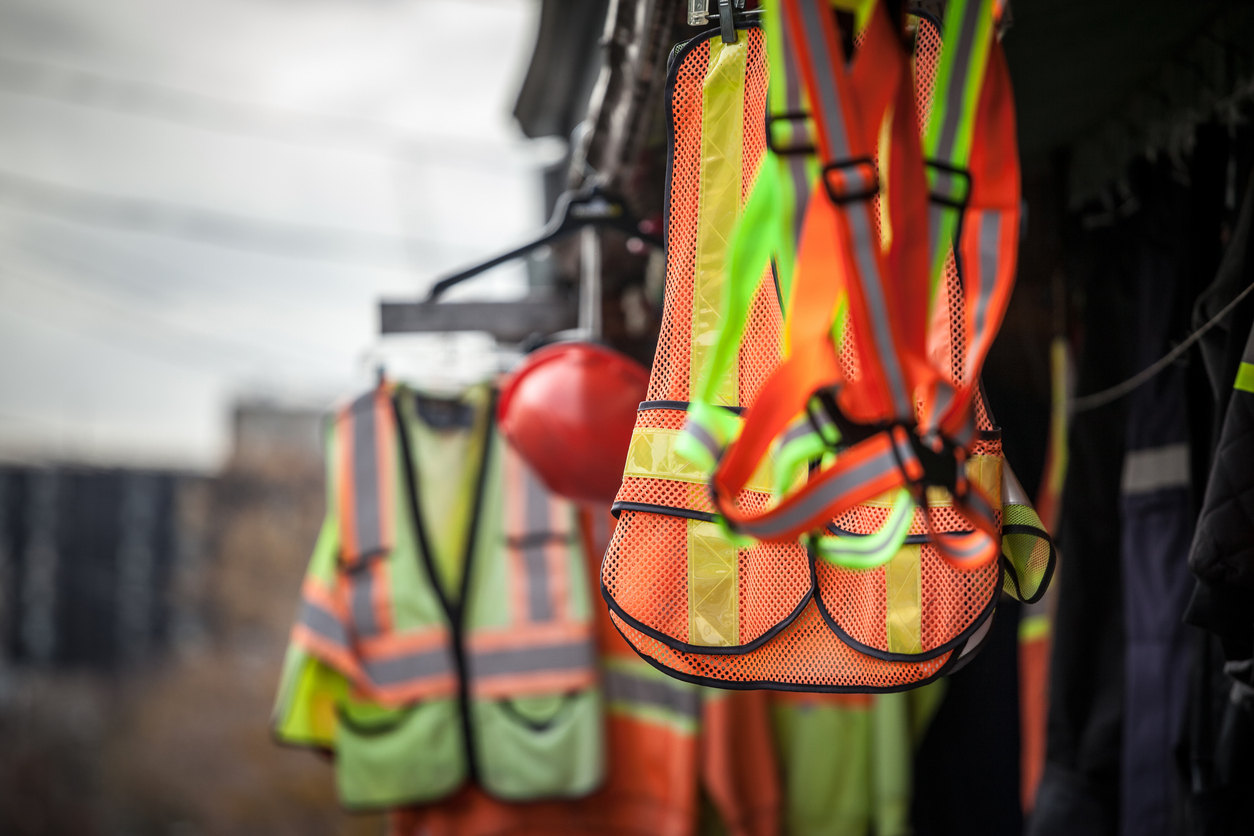
Concrete construction is a vital part of modern infrastructure, shaping everything from buildings and bridges to roadways and dams. However, the process of working with concrete involves significant safety challenges, from handling heavy materials to managing complex equipment. Adhering to strict concrete construction safety standards is critical to protecting workers, preventing accidents, and ensuring long-lasting, structurally sound results. At Metheny Concrete, we prioritize safety at every stage of the construction process. Let’s explore the essential standards and practices that keep workers safe and ensure the durability of every project.
Why Safety Standards Are Crucial in Concrete Construction
Concrete construction involves tasks like mixing, pouring, reinforcing, and finishing concrete. These activities come with hazards such as falling debris, heavy machinery, exposure to chemicals, and potential structural collapses. Failure to follow established safety standards can result in injuries, project delays, and even compromised structural integrity. By implementing rigorous concrete construction safety standards, companies can safeguard their teams, meet legal compliance, and deliver high-quality structures that stand the test of time.
Key Safety Standards in Concrete Construction
1. Personal Protective Equipment (PPE)
Providing workers with the right PPE is the first line of defense against accidents. Essential gear for concrete construction includes hard hats to protect against falling objects and head injuries, safety goggles to shield eyes from dust, debris, and chemical splashes, respirators to guard against inhaling harmful dust during activities like cutting or grinding concrete, and gloves and boots to prevent chemical burns and offer foot protection on uneven surfaces. Enforcing the consistent use of PPE is a non-negotiable aspect of concrete construction safety standards.
2. Formwork and Structural Stability
Proper installation and inspection of formwork are critical for both worker and structural safety. Formwork, which supports wet concrete during pouring, must be designed and secured to withstand the weight and pressure of the material. Safety measures for formwork include regular inspections to ensure stability and proper bracing, using materials that meet load-bearing requirements, and adhering to manufacturer guidelines to prevent failures. Poorly designed or improperly maintained formwork can lead to catastrophic collapses, posing risks to workers and jeopardizing the project.
3. Safe Handling of Concrete Materials
Handling concrete involves several risks, including exposure to alkaline chemicals that can cause burns and skin irritation. Workers must be trained to safely mix and pour concrete, avoid direct skin contact, and handle additives or chemicals responsibly. Ensuring access to safety data sheets (SDS) for all materials on-site is essential for proper hazard identification and response in case of an incident.
4. Equipment Safety
Heavy equipment like mixers, pumps, and cranes is a staple in concrete construction, but it comes with inherent dangers. Operators must be trained and certified to handle machinery safely, and all equipment should undergo routine inspections to ensure functionality. Proper load limits must be followed to prevent equipment failure, and workers should remain clear of moving parts and equipment operation zones to avoid injuries.
5. Fall Protection
Falls are one of the leading causes of injuries in construction, especially on projects involving elevated work areas or multistory structures. OSHA regulations mandate the use of fall protection systems, such as guardrails, safety harnesses, and nets, to protect workers operating at height. Ensuring that scaffolding and ladders are secure and properly rated for the task is another vital component of fall prevention.
6. Concrete Pouring and Curing Safety
During pouring and curing, wet concrete poses risks like chemical burns, slips, and respiratory issues. Workers should wear protective clothing and masks when working near fresh concrete and be cautious on wet, slippery surfaces. Curing compounds and processes should also follow safety guidelines to prevent exposure to harmful fumes or chemicals.
7. Emergency Preparedness
Concrete construction sites must have clear emergency plans in place. This includes accessible first-aid kits, eye wash stations, and trained personnel ready to respond to injuries or accidents. Additionally, regular safety drills and hazard identification walkthroughs help ensure that workers know how to respond in real-time.
How Metheny Concrete Leads in Safety
At Metheny Concrete, we don’t just meet concrete construction safety standards—we exceed them. Our commitment to worker and structural safety begins with rigorous training programs for our team and extends to every phase of the construction process. From PPE enforcement to cutting-edge equipment maintenance, we prioritize creating a safe, efficient work environment that minimizes risk and maximizes quality. Our experienced professionals continuously monitor projects to identify potential hazards and implement proactive solutions, ensuring every structure we build is as safe as it is durable.
Prioritize Safety with Metheny Concrete
Safety is the foundation of every successful construction project. By adhering to the highest concrete construction safety standards, Metheny Concrete ensures that both workers and structures are protected from start to finish. When you partner with us, you’re not just investing in quality concrete solutions—you’re choosing a company that values safety above all else. Contact Metheny Concrete today to discuss your next project and learn how we can deliver exceptional results while maintaining the highest safety standards.

BJPJXojGx3U
3Ljg8vyq3QL